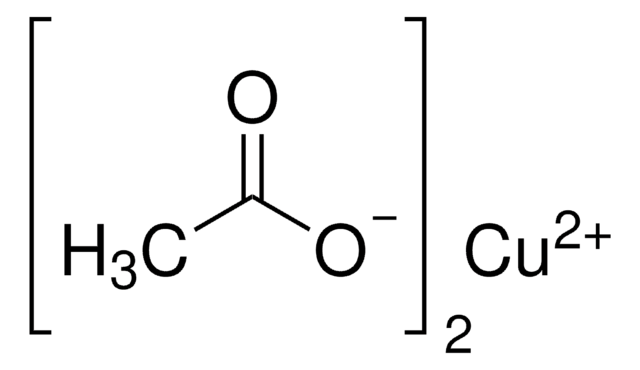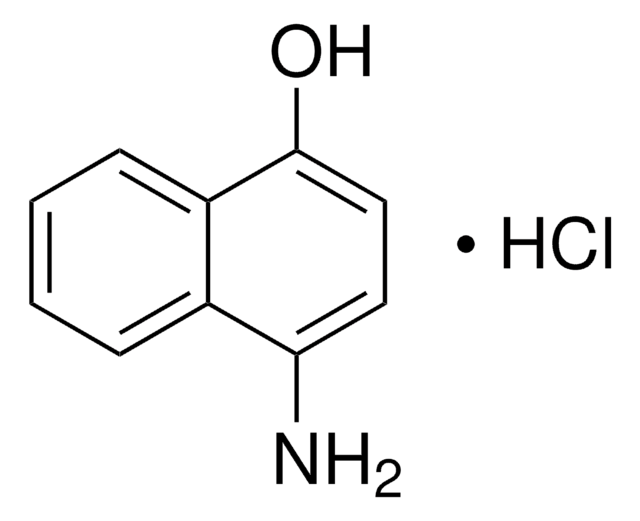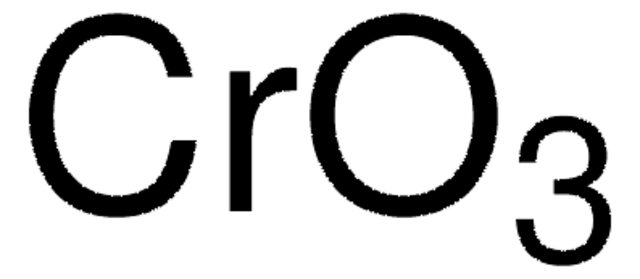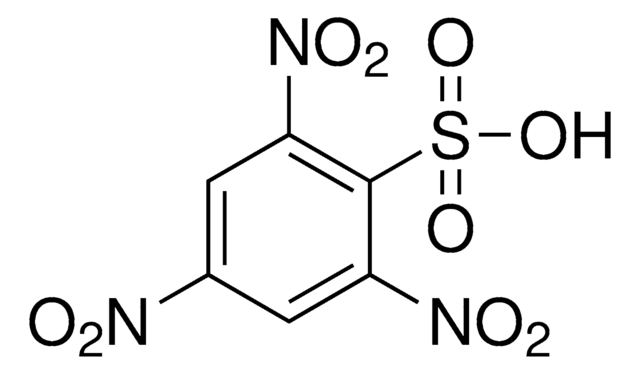185191
Lead(IV) acetate
reagent grade, 95%
Synonym(s):
Lead tetraacetate, Pb(acac)4
About This Item
powder, crystals or chunks
Recommended Products
grade
reagent grade
Quality Level
Assay
95%
form
crystalline powder
powder, crystals or chunks
reaction suitability
reagent type: catalyst
core: lead
storage temp.
2-8°C
SMILES string
CC(=O)O[Pb](OC(C)=O)(OC(C)=O)OC(C)=O
InChI
1S/4C2H4O2.Pb/c4*1-2(3)4;/h4*1H3,(H,3,4);/q;;;;+4/p-4
InChI key
JEHCHYAKAXDFKV-UHFFFAOYSA-J
Looking for similar products? Visit Product Comparison Guide
General description
Application
- unsaturated and aromatic hydrocarbons
- monohydroxylic and saturated alcohols
- nitrogen-containing compounds
- Aromatic primary amines to symmetrical azo compounds.
- Aliphatic primary amines to alkyl cyanides.
- Primary amides to carbamates.
- Hydrazones to azoacetates.
- 2-(Trimethylsiloxy) furans to α,β-unsaturated γ-acetoxy-γ-lactones.
- Aryl ethyl ketones to alkyl 2-arylpropanoates.
- Acetophenones to methyl aryl acetates.
Signal Word
Danger
Hazard Statements
Precautionary Statements
Hazard Classifications
Acute Tox. 4 Inhalation - Acute Tox. 4 Oral - Aquatic Acute 1 - Aquatic Chronic 1 - Repr. 1A - STOT RE 2
Storage Class Code
6.1C - Combustible acute toxic Cat.3 / toxic compounds or compounds which causing chronic effects
WGK
WGK 3
Flash Point(F)
Not applicable
Flash Point(C)
Not applicable
Choose from one of the most recent versions:
Already Own This Product?
Find documentation for the products that you have recently purchased in the Document Library.
Our team of scientists has experience in all areas of research including Life Science, Material Science, Chemical Synthesis, Chromatography, Analytical and many others.
Contact Technical Service










